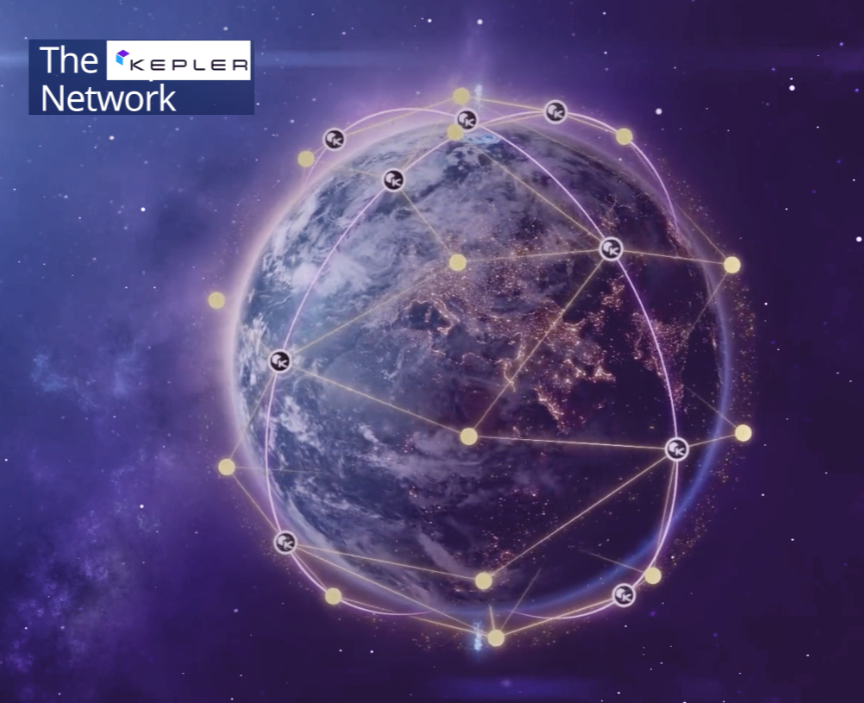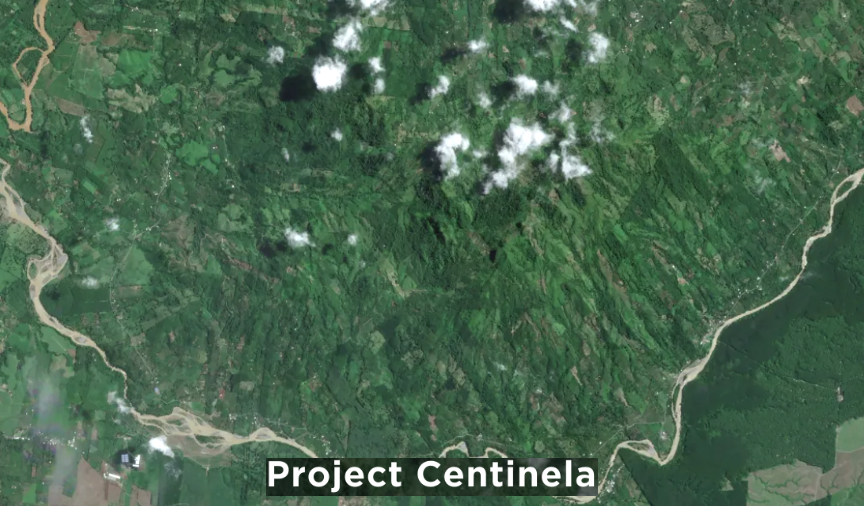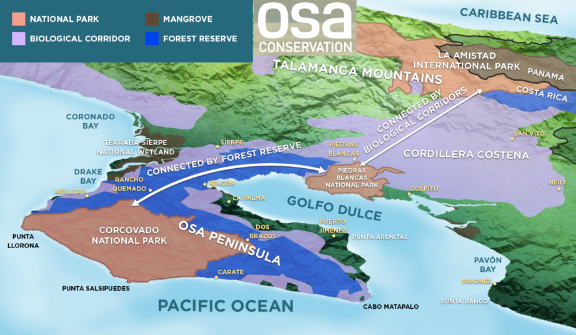

UK telecom regulator Ofcom has published in its consultation documentation that Amazon’s proposed constellation of broadband satellites (‘Project Kuiper’) is developing technical solutions for Direct-to-Device (D2D) cellular connectivity. The Ofcom consultation document is designed to assess future spectrum demand.
Ofcom, in its consultation questionnaire, asked whether Kuiper “had an interest in offering D2D services or expanding an existing service in the UK?” It also asked “Would your D2D service compliment or compete with services delivered over existing mobile?”
The Project Kuiper response said, “Amazon is exploring options for S2D services and is seeking to develop the most versatile technical solutions for S2D offerings. Certainly, the value proposition is for D2D services to compliment the use case of existing terrestrial mobile wireless service because D2D offers service beyond the reach of existing terrestrial mobile networks.”
Kuiper added, “Amazon respectfully urges Ofcom to base new rules for D2D services on the outcome of WRC-27. Any services introduced prior to the next WRC are likely to be limited bandwidth services for messaging. While these services are an important milestone, we expect any D2D service offering 5G experience are likely to come after the [WRC] Conference.”



 (Space-edge Technology for Orbital Real-time Monitoring), a groundbreaking space-edge computing platform that is poised to redefine how satellite data is processed and used in real-time.
(Space-edge Technology for Orbital Real-time Monitoring), a groundbreaking space-edge computing platform that is poised to redefine how satellite data is processed and used in real-time. 















 on-orbit, courtesy of Sidus Space.
on-orbit, courtesy of Sidus Space.




